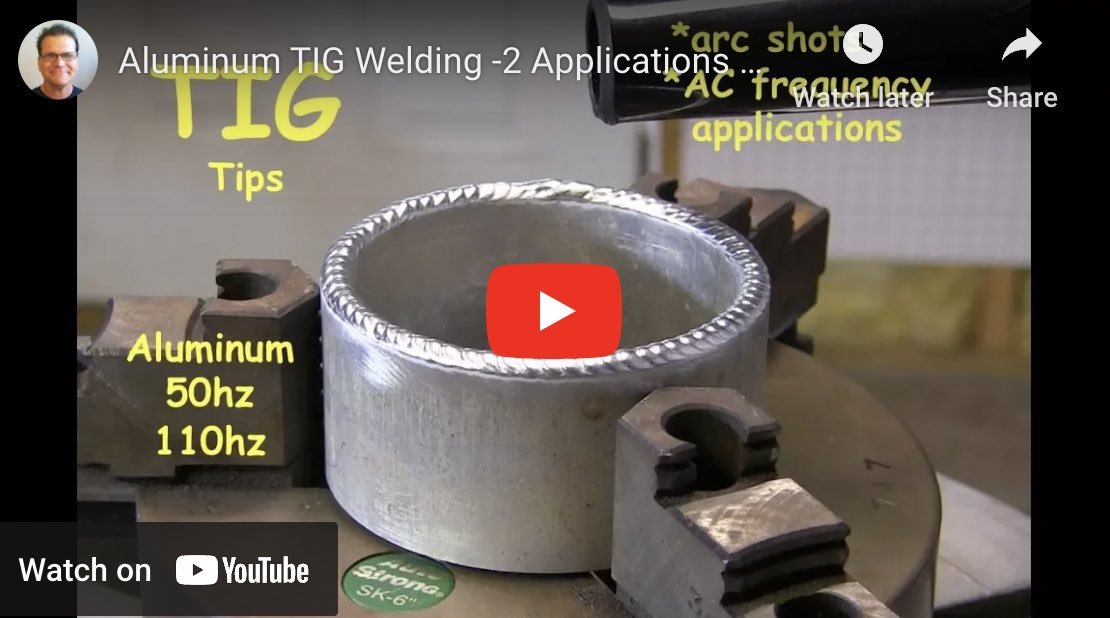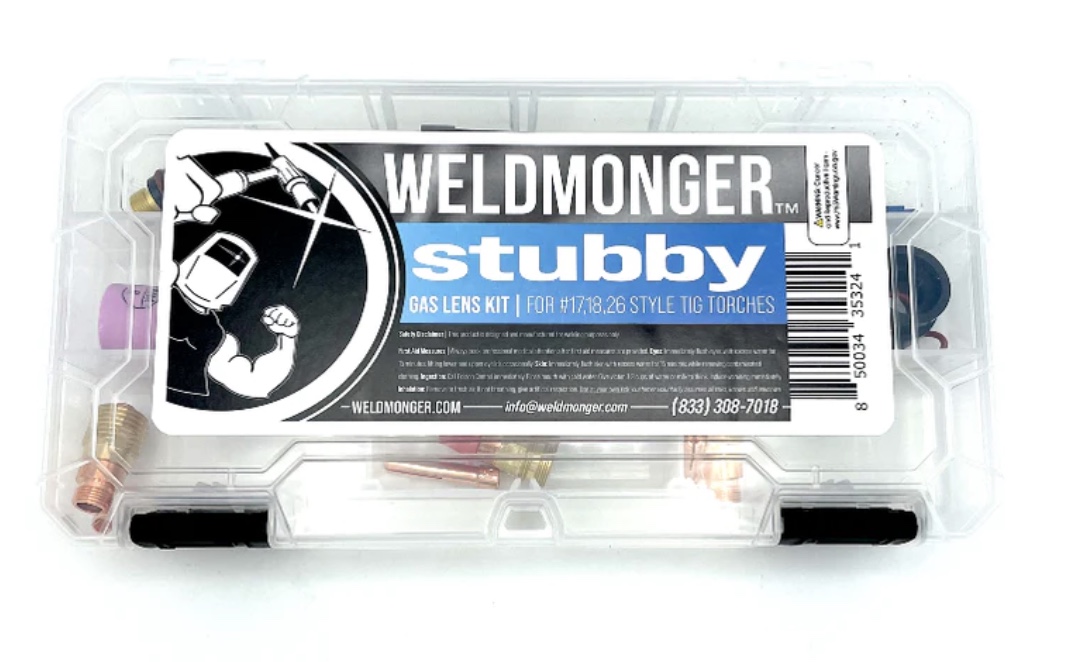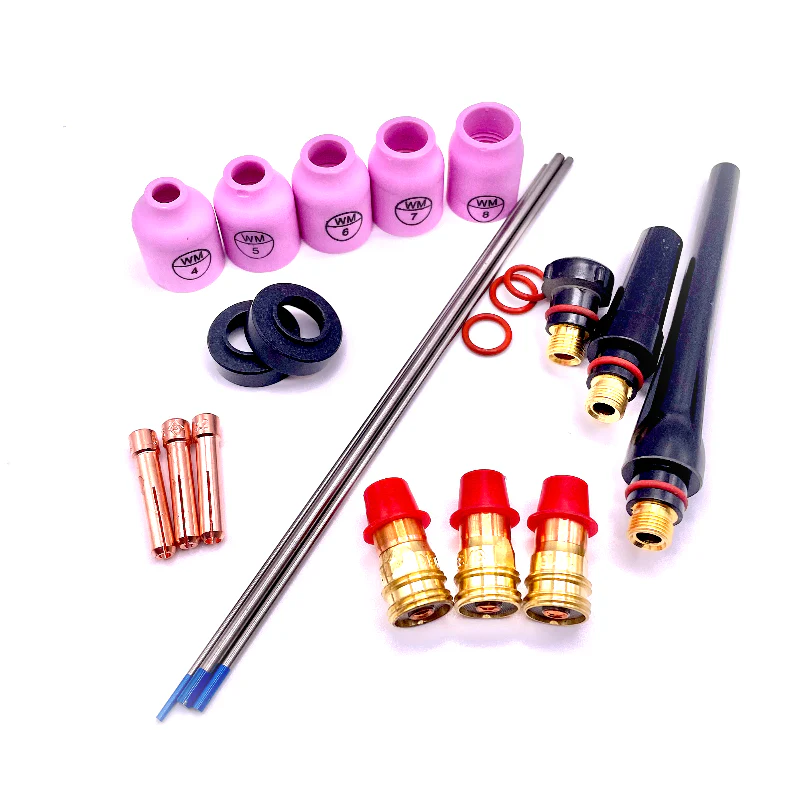TIG Welder Inverter Settings Part 2 AC balance and AC frequency
part 1 tig inverter settings
part 3 tig inverter settings 2t and 4t positions .........part 4 tig inverter pulse settings The last Tig Welder settings video was an overview of what was to come in later video which if you will remember is “ what do all those freaking knobs do?” on a tig welding inverter.
"Cleaning action is like Tylenol when you have a headache, you need just enough and more is not better!.. "
We are using a tig welder inverter for the demonstration.
This tig welder has knobs instead of a touch pad and that has its good and bad points.
Its good because everything is visible without having to enter hidden menus and without having to perform the Vulcan mind lock on the machine in holding buttons down with pinky and thumb while rebooting the machine.
Remember I compared a touchpad machine to a timex ironman watch with all the hidden menus….while that may provide lots of options, all that stuff is hard to remember.
The welder has knobs and knobs can be touchy. But it is still important to understand the function of each knob in order to get the best performance from the machine.
So for this installment, we are going to talk about ac balance and ac frequency.
Lets back up to talk fundamentals first so all this makes more sense.
Old school tig machines had a polarity selector. On a A/C DC tig machine, you could set polarity to DCEN, DCEP, or A/C .(A/C is alternating current)
If you really go old school, some of the older machines actually were labeled straight polarity, reverse polarity, and A/C.
So I don’t want to assume anything here. We really need to be clear on what each polarity does before talking about advanced features like A/C balance....and these fundamentals are basically the same on old school machines and tig welder inverters.
DCEN is also called DC electrode negative, and is also referred to as straight polarity. Direct current is when the flow of current is in one direction only…and DCEN electrode negative means that the current is flowing from the electrode into the metal being welded.
Imagine the end of the tig torch being the end of a water hose . that’s how dcen works…
When the current flows from the tungsten electrode to the workpiece, that allows for pinpointed heat input. Unless you exceed the amperage carrying limit for the size electrode you are using or crap it up with metal, it stays sharp because all the heat is going into the metal being welded. That’s what makes tig welding so good for steel and stainless steel….it really pinpoints the heat with a sharp pointed tungsten.
DCEP is also called DC electrode positive, and is also referred to as reverse polarity. Reverse polarity is when the welding current is flowing from the metal up through the electrode….like a vacuum cleaner.
Because the welding current is flowing from the metal to the electrode in the direction like a vacuum cleaner, the electrode gets really hot and balls up even at pretty low amprerages.
Did you know you can tig weld on Reverse polarity? You can. But its not practical. You could weld really thin aluminum on reverse polarity but it takes a really big electrode. It would take a 3/32 “ tungsten just to weld coke cans.
But something happens on reverse polarity that is very beneficial. It’s a phenomenon called cathodic etching. More commonly called cleaning action.
Here is what happens.
Electrons inside the inert gas envelope somehow bombard the surface of aluminum and break up the oxide film allowing the aluminum to form a shiny wet puddle.
Unless the oxide is broken down, its like trying to weld thru saran wrap. Aluminum oxide melts at roughly 3 times the temperature it takes to melt aluminum metal.
Unless you break up the oxide, the weld looks like fido's butt.
So where does that leave us?
Electrode negative gets good heat input and a pinpointed arc but has no cleaning action to break up aluminum oxide.
Electrode positive has the cleaning action but overheats the electrode to a point where even coke cans require a 3/32 tungsten to weld.
That’s where A/C comes into play.
So what is A/C? … aka Alternating current?
With alternating current the welding current swaps back and forth from electrode negative, to electrode positive.
That’s why it buzzes.
When you tig weld with A/C, whether on an old machine, or a tig welder inverter, you get some but not all of the characteristics of electrode negative, and electrode positive.
You get some good penetration from the negative side, and you get some cleaning action from the positive side.
Most welders agree that welding steel on dc is smoother and easier.
Why? Because the arc is smoother and more pinpointed and smaller electrodes can be used for welding steel than for welding aluminum.
So... wouldn’t it be a good thing if you could adjust and tweak the arc on AC to have just the right amount of reverse polarity. Just enough cleaning? Not too little , but not too much?
That way the arc would be smoother, more focused and the arc would be more pinpointed. Less heat would go up thru the electrode and that would sometimes allow for using an electrode one size smaller than you might use if you couldn’t adjust the cleaning action.
Back in the day, there was no such thing as ac balance. Then A/C balance was introduced on square wave tig welders and allowed you to tweak the alternating current to where it had almost 70% electrode negative.
With tig inverters like the one used in this demonstration, the AC balance lets you have over 90% electrode negative.
The Cleaning action that comes with the reverse polarity part of alternation current is like aspirin when you have a headache.
You only need what you need and more is not better. In fact more might even cause you other problems.
Sometimes you need lots of cleaning action. Like on an old pontoon boat that has been outdoors for years and no matter how well you clean it, will still have remnants of corrosion.
But other times, you are welding brand new aluminum diamond plate that is clean as a whistle. You don’t want a big frosty band of cleaning action next to the weld on a piece of shiny polished diamond plate.
Different settings are used for different occasions and only experience will guide you as to exactly how to set the ac balance.
But here is some good news. If you want a good setting that will weld most anything, just set it on about 67-69% dcen and call it a day.
I like to dick around with the AC balance and find the sweet spot on whatever aluminum I am welding, but not everybody is like me. Some people just want to get it done without learning all the ins and outs of the knobs on a tig welder…that’s cool with me..I am speaking to both crowds here.
Ok, we have beat that dead horse enough. We talked about ac balance , what it is, how it works, and what to set it to if you just don’t want to fool with it.
Now we need to talk about AC frequency on tig welder inverters.
remember when we said that alternating current is actually dcen and dcep swapping back and forth rapidly?
Well just like the ac balance lets us tweak the ration of dcen and dcep, ac frequency lets us tweak how slow or fast the current alternates.
In the first video of this series, there was a demo where you could actually hear the pitch of the buzz change when we increased the frequency of the ac.
The lower the setting , the lower the pitch. Think of it like this….a low frequency like 30hz is kind of like the way a Harley Davidson runs, and a higher frequency of 250 hz is more like a rice burner at high rpm.
Alternating current Electricity from the power company comes to us at 60 hz in the US. (hz is the frequency it swaps polarity)
Old school transformer tig machines don’t change the frequency of the ac current. So you are welding with 60 hz ( 50 hz in some countries)
With newer inverter tig machines , you are not stuck with 60 hz and in fact you can adjust it all the way to 200 hz or even higher on some inverters.
So what does that mean to you? Well maybe nothing.
Some people might actually prefer welding at 50- 60 hz just like some people like the way a Harley Motor lopes rather than the pure performance of a high rpm Honda Ninja.
But the results are kind of hard to ignore.
One bike is obviously faster than the other. But speed is not the only reason people buy motorbikes.
Sorry for Getting off task with all these metaphors…
Setting the frequency higher focuses the arc cone to a stiffer and more pinpointed arc. But there is a sweet spot here too. I think the sweet spot lies somewhere between 100-120 hz.
If you just want another setting to set it and forget it, go with 100hz.
Really high ac frequencies seem to be more for increasing travel speed in automated applications like aluminum tube mills where travel speed is measured in feet, not inches.
For the kind of manual welding that you and I do, you will rarely need more than 150 hz for anything.
exit tig welder inverter settings part 2 and see part 1




















